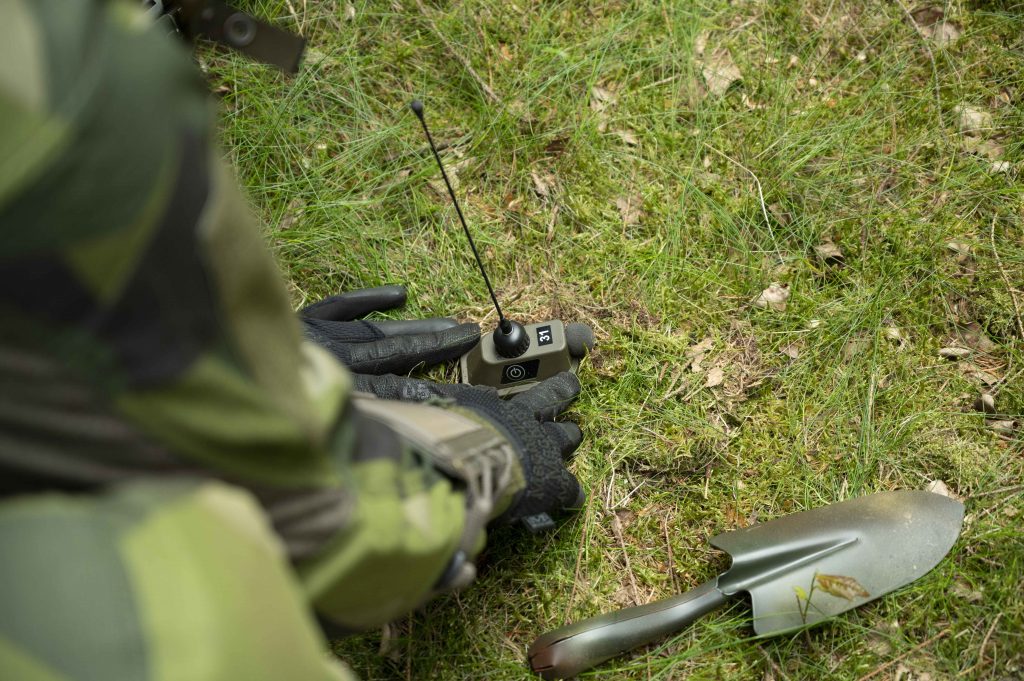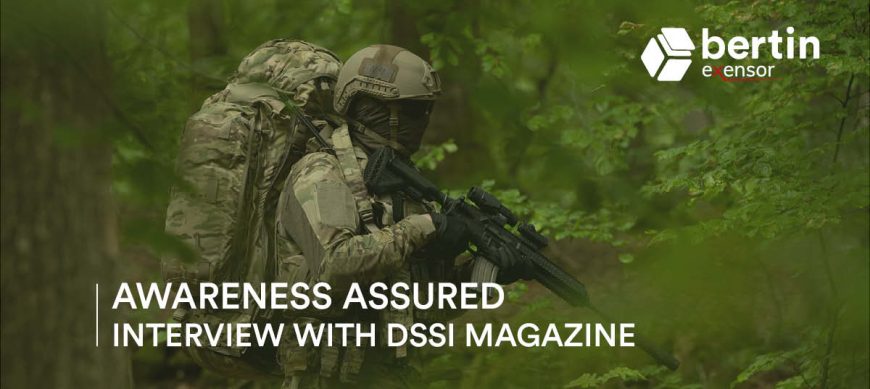Mortars. Armour. Drones. Modern troops face a plethora of dangers from land and air, with an increasing number relying on complex sensors to understand exactly what threats they face. Yet if the global market for military sensors is expected to reach the $17bn mark by 2030, not all platforms are equal. By relying on the latest technology, and honing close relationships with militaries, the best operators are offering flexible systems to keep soldiers safe – as one operator is elegantly proving.
Complex sensor technologies
From Ukraine to Afghanistan, protecting critical military infrastructure is increasingly challenging; the rising popularity of forward operating bases (FOBs) only increases the pressure. Traditionally, militaries have relied on manned lookout posts and patrolling to spot incoming threats. However, that model comes with a range of operational costs, and inevitably puts personnel in the firing line. Jon Ross, a Defence Sales Manager at Bertin Exensor, highlights the unparalleled quality and robustness of its sensor systems, specifically designed for military applications. Unlike repurposed wildlife or nature sensors, Bertin Exensor’s systems are built from the ground up to meet the rigorous demands of military use. With a proven track record in the most arduous and extreme environments, these systems offer unmatched reliability and functionality, ensuring that military users can depend on them in critical situations. A case in point is Flexnet. An Unattended Ground Sensor (UGS) capability which dovetails a range of battery-powered wireless sensors and cameras together in one cohesive system. Together, they permit the rapid detection, classification, and identification of incoming targets, along the way keeping flesh-and-blood troops out of harm’s way. In practice, meanwhile, that flexibility means troops can shape Flexnet to their needs, whether it’s a sniper team requiring rear protection, a fully-fledged subsurface observation post or an FOB. “The only limit to the kit’s effectiveness,” says product and operations specialist Andy Newell, “is the user’s imagination of how they use it.” This adaptability is bolstered by the range of products in the Flexnet toolbox. Consider the Scout X. A stand-alone HD camera, it’s ideal for remote surveillance in dead ground, especially when its ‘wake up’ feature permits it to remain operational for up to 20 days straight. Boasting advanced motion detection technology, the Scout Mk3 camera is equally sophisticated, even as it’s tested to rugged MIL-STD-810 standards. Other Flexnet sensors are similarly impressive. The Mini Mk3, for instance, is designed to detect seismic vibrations and sound waves. The resulting data is analysed using advanced algorithms, before findings are passed on the wider surveillance system.

All these systems are interconnected: the Scout Mk3 camera, for example, is activated by sensors, either via a cable or wirelessly. Capitalising on its long manufacturing history, Bertin Exensor also works to craft its products around emerging threats. A good example is UAV detection, with the global drone market expected to reach $160bn by the end of the decade. The company’s seismic acoustic sensors already have in-built microphones to detect helicopters, which are being “fine-tuned” to capture drones.
Talk to the user
No less important, Bertin Exensor’s Surveyor device has been compressed from roughly the size of a shoebox to now having a weight of only 1.4kg. Not that miniaturisation hampers the Surveyor’s capabilities: it can still detect, classify, and identify a range of military vehicles to an accuracy of 95% using its own internal database. The company’s customers, for their part, have opportunities for input too. Like every trade show, Bertin Exensor’s presence at the upcoming Eurosatory event will be a chance to understand client concerns. Just as important, Ross argues, are regular user conferences. “You have to talk to the user,” he says, “because a threat that is around now might not be around in six months’ time.” Certainly, this focus on customer demands, dovetailed with Flexnet’s inherent versatility, can have positive practical consequences. Among other ventures, Bertin Exensor recently partnered with the Federal Office of Bundeswehr Equipment to upgrade the German military’s sensor capabilities. Newell emphasises there was a lot of scope for “technological advancement”. Together with a plethora of integration options – that focus on usability ensures that cameras and sensors can easily slot into existing battle management systems – Bertin Exensor seems sure to secure similar contracts in future. For hard-pressed troops, that’s just as well.
Thanks to Defence and Security Systems International magazine.


